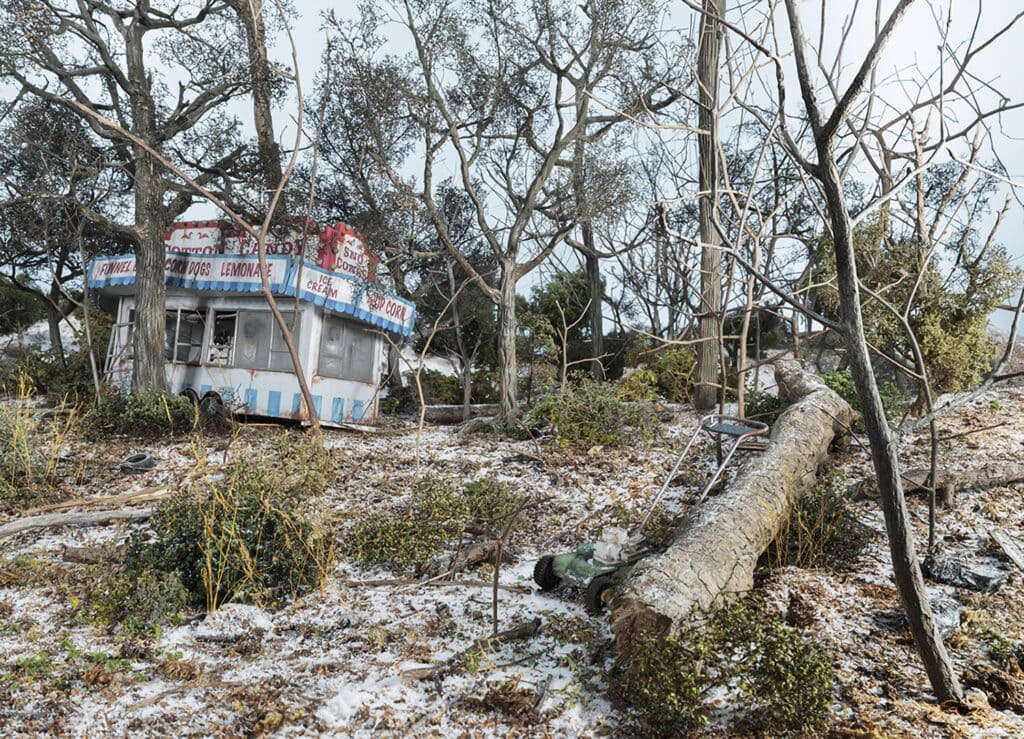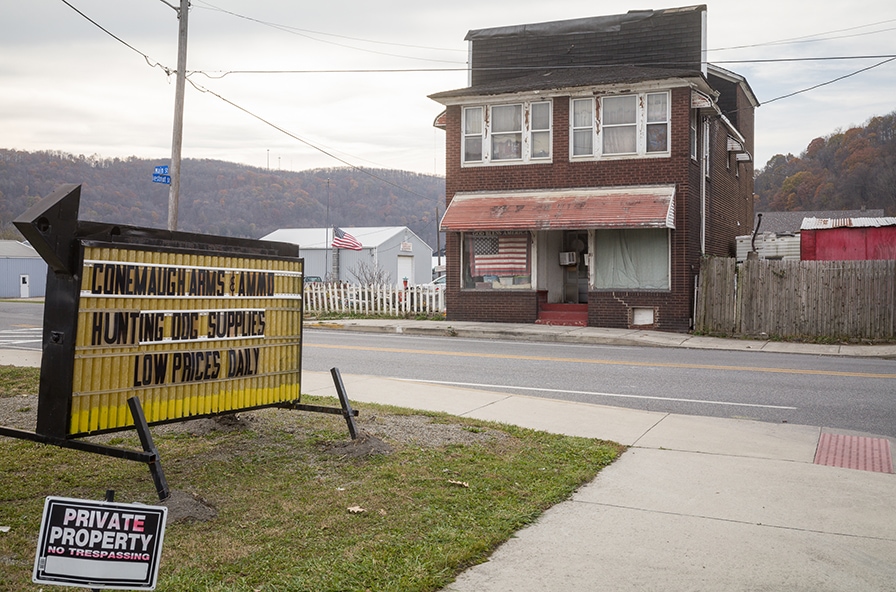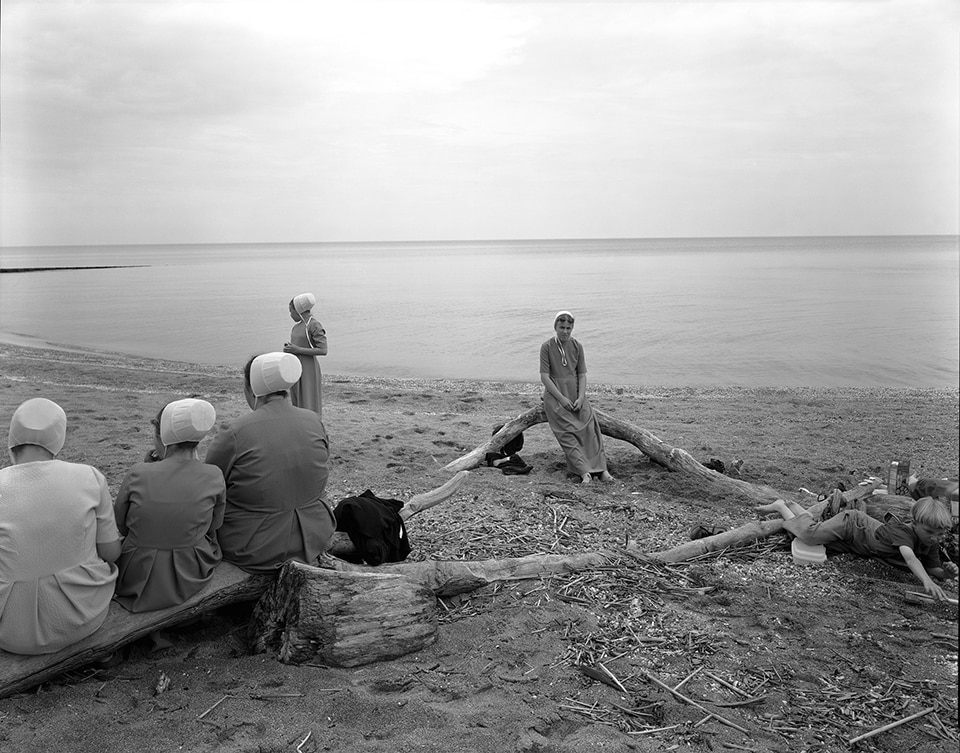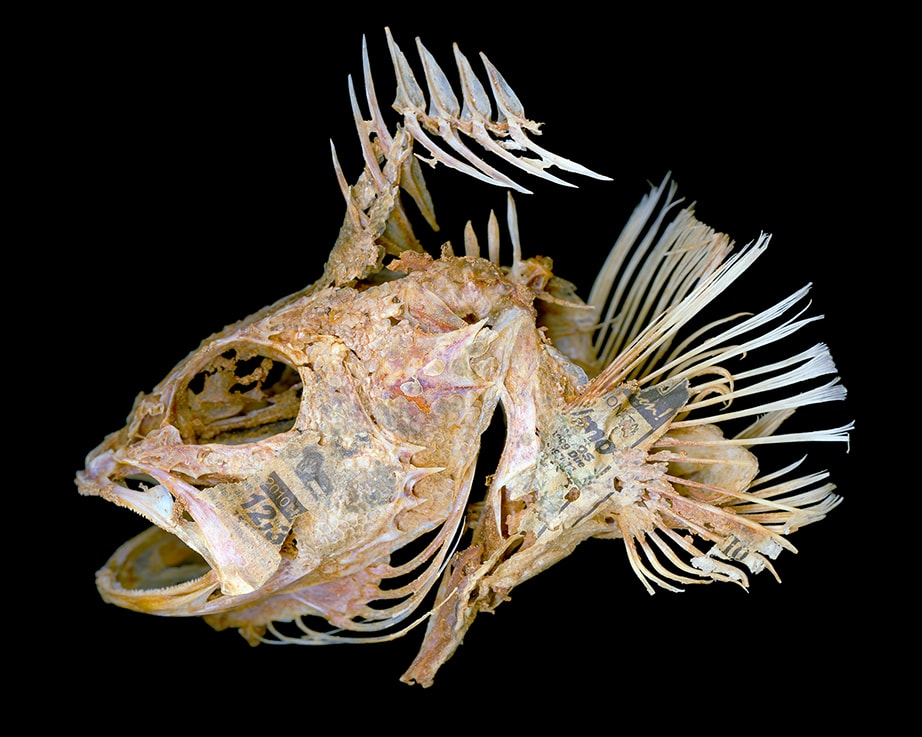The story of this exhibition begins in Athens, Greece, 2013, when Cincinnati-based independent photography curator William Messer first invited the annual Oracle meeting of international photography curators to meet in Cincinnati. A partnership was arranged between Messer and Cincinnati’s FotoFocus to host Oracle XL at the end of the FotoFocus Biennial in Cincinnati in October/November of 2022. Messer intended for Oracle XL to expose the work of regional Ohio photographers to the international curators so, in 2021, Messer proposed PhotOH: Photographers in the Heartland as an exhibition to Miami University Art Museum’s Director and Chief Curator Jack Green, who advanced it as a co-curated exhibition with MUAM’s Curator of Exhibitions, Jason E. Shaiman.
Nearly 80 photographers were invited from every part of the state and Greater Cincinnati’s Northern Kentucky area for an exhibit curated by Messer and Shaiman of 52 works by 27 artists, including one collaboration of two artists.This exhibit is a stunning array of imagery, not always produced by cameras (as a scanner and cameral-less photograms are employed), exploring trending topics and subject matter.

Artists Lori Nix and Kathleen Gerber have been making images collaboratively for 22 years. Nix and Gerber construct meticulously detailed model environments and photograph the results, with a discernible leaning toward the surreal.Their archival pigment print “Concession” is a full color jumbo depicting a county fair bastion of funnel cake and corndog production, abandoned in a snow-powered setting. A crop of leafless saplings are thriving in the fermenting tumult of the emerging forest floor, while a rusting lawnmower sites its final cycle next to a dead predecessor. In their statement, the pair describe their constructions as “faux landscapes, transformed by the photographic process into a fictional surreal space, where scale, perspective and the document create a tension between the material reality of the scene and the impossibility of the depicted narrative.” The viewer’s imagination is invited to freely interact with the perceived open-ended narrative.

Andrew Borowiec of Akron, Ohio addresses the passage of time as well as the struggles of the small town populations as they live their dreams in the declining Rust Belt. Borowiec shows two large Inkjet images of Conemaugh, Johnstown, PA. A midland style two story property, devoid of upgraded electric, accommodates a street level commercial storefront with second floor apartments on a treeless two lane street. A large sun-beaten American flag fills one window display while a second flag is flapping at half-mast in the distance. A black and yellow plastic letter display advertises “hunting supplies at low prices daily” to a nonexistent populace.
Two images of Gary Beeber of Centerville, Ohio, focus on the passage of time and what local people are experiencing in our shifting climates, both economically and socially. His statement cites a search for incongruity, selecting non-human subjects impacted by abandonment, overgrowth and replacement. His imagery provokes a powerful contemplative elegy stated in simple elements.

A completely different exploration emerges from the work of Bridget Murphy Milligan of Tiro, Ohio. Milligan is the mother of imaginative children, homesteading in rural Ohio during the covid pandemic. Her fresh imagery is themed on the characters they imagine, the toys that distract them, and their inventive play which is so essential to the early development of self identity. The series called Wonder Tales celebrates the spirit of ‘child’ and the complexity of youthful imaginations that influence their lives throughout.
In Timber 2019, a prepubescent girl standing on top of a freshly felled tree, signals victory against a treeless sky, saw in hand.The tree’s adult sized diameter has a hollow in which little brother in play dungarees and a wide brimmed farmer’s hat sits cross-ankled like a gnome in the wood. A second image captures a youthful Daedalius, strapped with cobbled wingspan a pre-flight trance atop a spiked pole. Milligan’s fresh full color images are archival prints approximately 30 x 38”.
A counter balance to Milligan’s joyful optimism, is the work by Lynn Whitney of Waterville, Ohio.

Her piece entitled “ Family Picnic” depicts the exact opposite of the typical picnic excitement. A collective of mature women, subdued in manner and in severe and exacting garb, are sitting on washed up tree limbs on the Ohio side of Lake Erie without male companionship. While children at play in the sand are monitored by a lone female designate, the other women are totally disengaged with the children’s activities and the enjoyment that the lakeside beach offers. Whitney states that both the water and the lives of the women are “perceived as resources to use, misuse or abuse, and as having an endless capacity to absorb and thrive,” despite increasing environmental challenges and societal neglect. Continual neglect leads to resource depletion of both while offering little hope of redemption or betterment.

Ardine Nelson and Fredrik Marsh, both of Columbus, Ohio, document transitory states of various plant and marine life. Marsh states that his work has become increasingly “concerned with camera-less imaging, exploring singular objects using low and high resolution scanning devices.” In 2018, he began a new series entitled “Morphologies: Field and Stream” is based on access to thousands of dry and wet preserved specimens from The Ohio State University Museum of Biological Diversity Fish Collection. The impact of environmental changes, visually encapsulated in the starkly portrayed remains of these specimens, is realized as a menacing revelation, raw and terrible in its pictorial beauty.
Ardine Nelson states that her visual output centers on the human effect on the landscape. Her series, “Transitory States” documents the often brief life cycles of various plants and flowers. These images counter challenge the assumed colorful life of plants with muted tones and dissipated surfaces, leading the viewer to reflect on the universal cycle of passage, as the flower is ever-changing, fading, drying and eventually begins to mold.


Unique effects are achieved with a scanner by Bruce Checefsky. Working in his garden with a medium format field camera and a vertically mounted scanner, Checefsky captures floral life with nuanced glitches that are often the result of the limitation of scanner depth of field.The floral elements, elongated and varied by the natural movement of air and plant combined with the limitations of the scanner depth of field, produce a fascinating interpretation of natural pattern and the perceptions of depth and movement. Checefsky states that his only objective in this interplay of technology and nature is to redefine a visual statement of beauty.
Also of interest in connection with this exhibit is the Leica Camera Collection, donated to MUAM by Mr. Messer’s father, XXXX a commercial builder who also designed and built a room dedicated to the display of this Collection. A portion of the collection is accessible for viewing.
Miami University, College of Creative Arts, Art Museum: Farmer Gallery through December 10th, 2022.